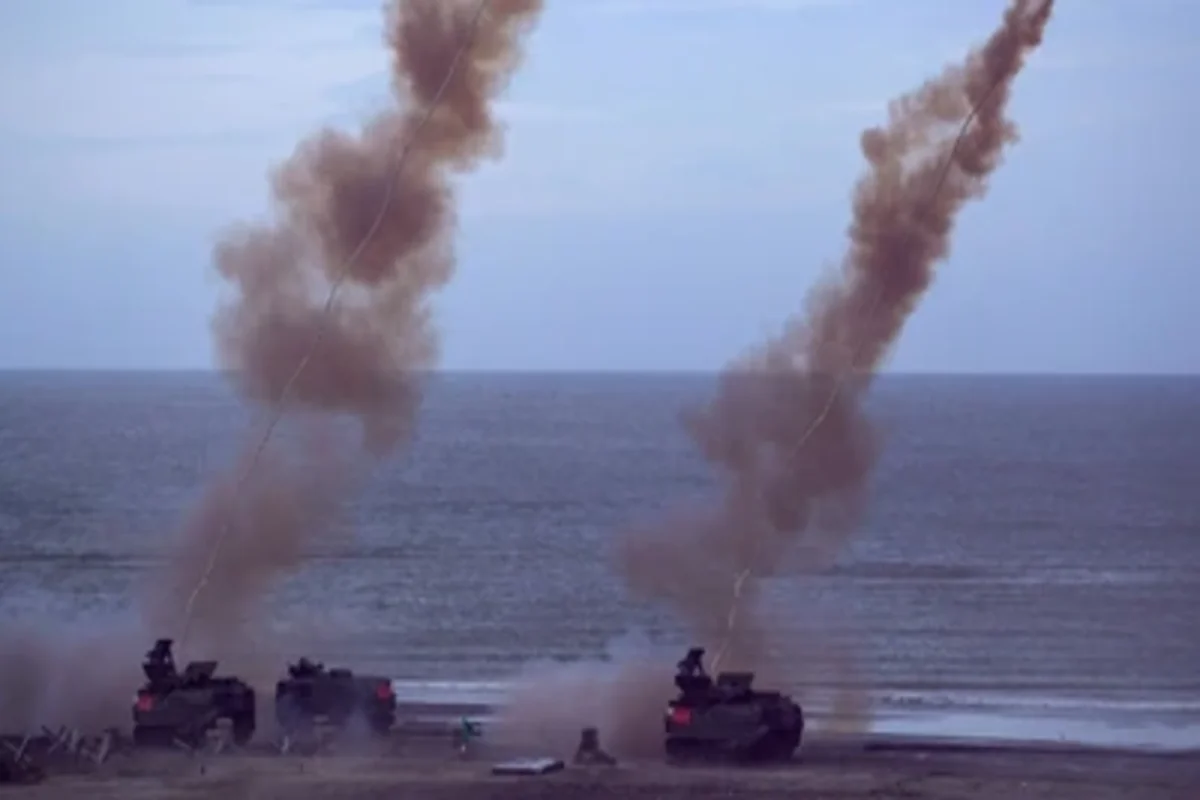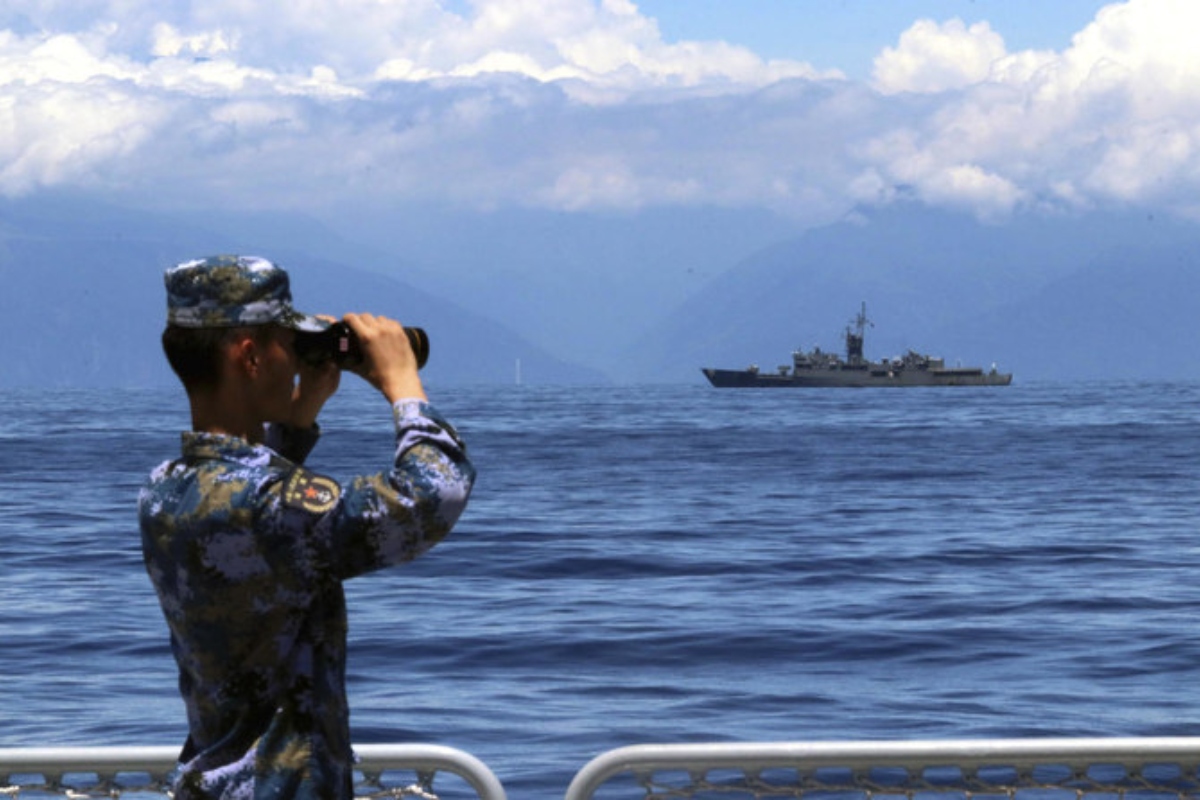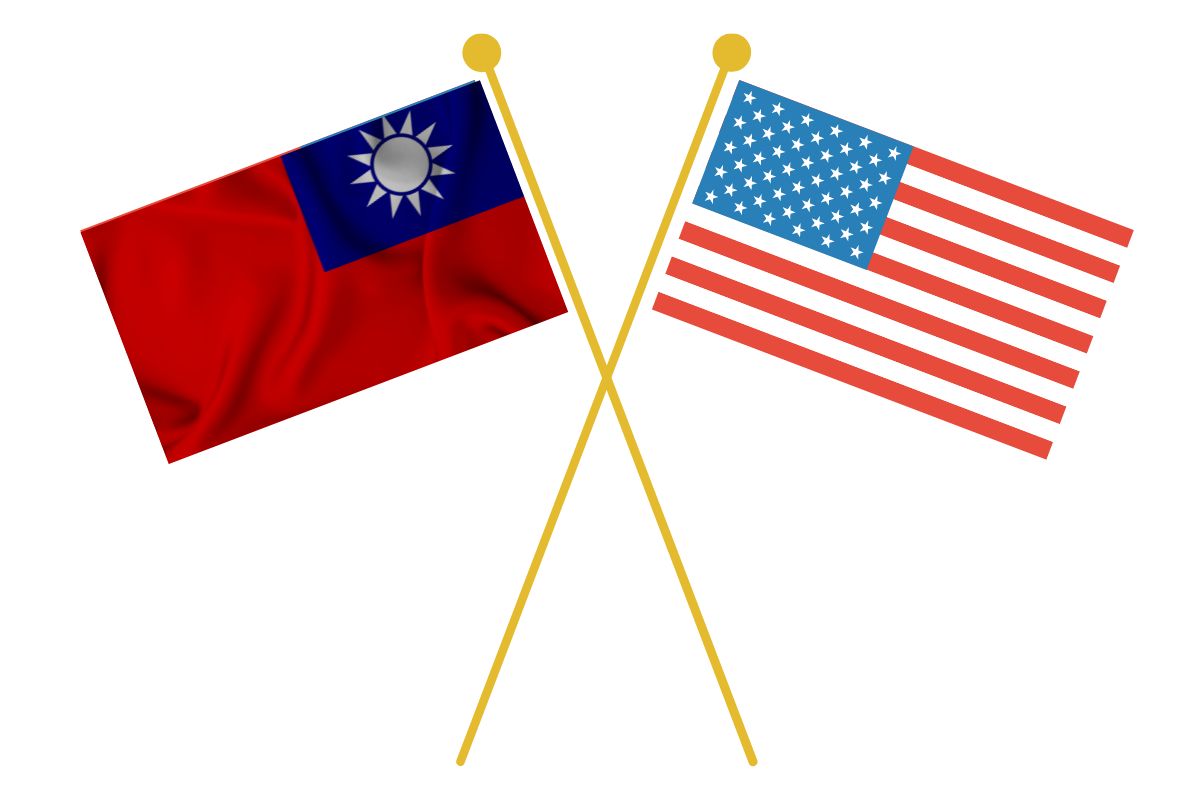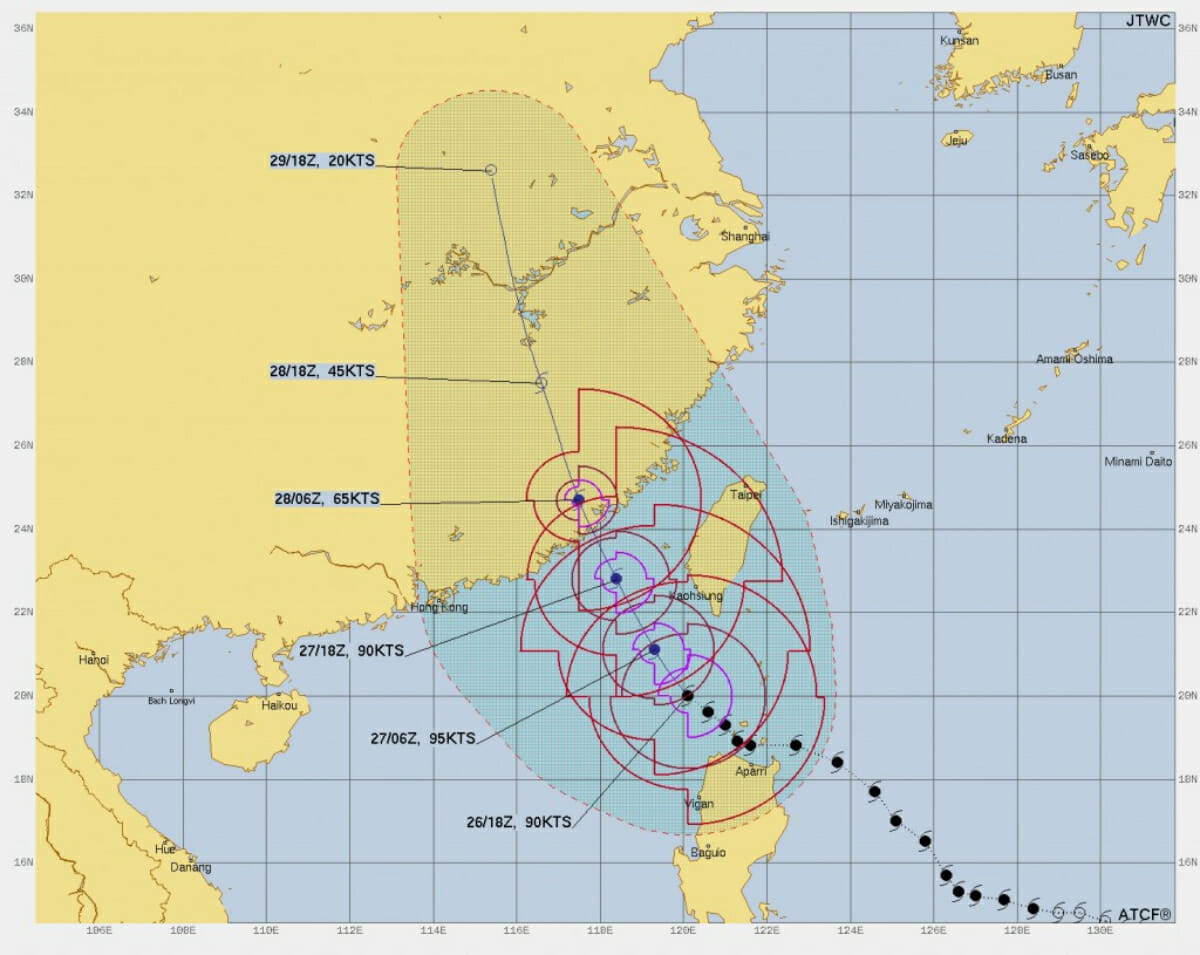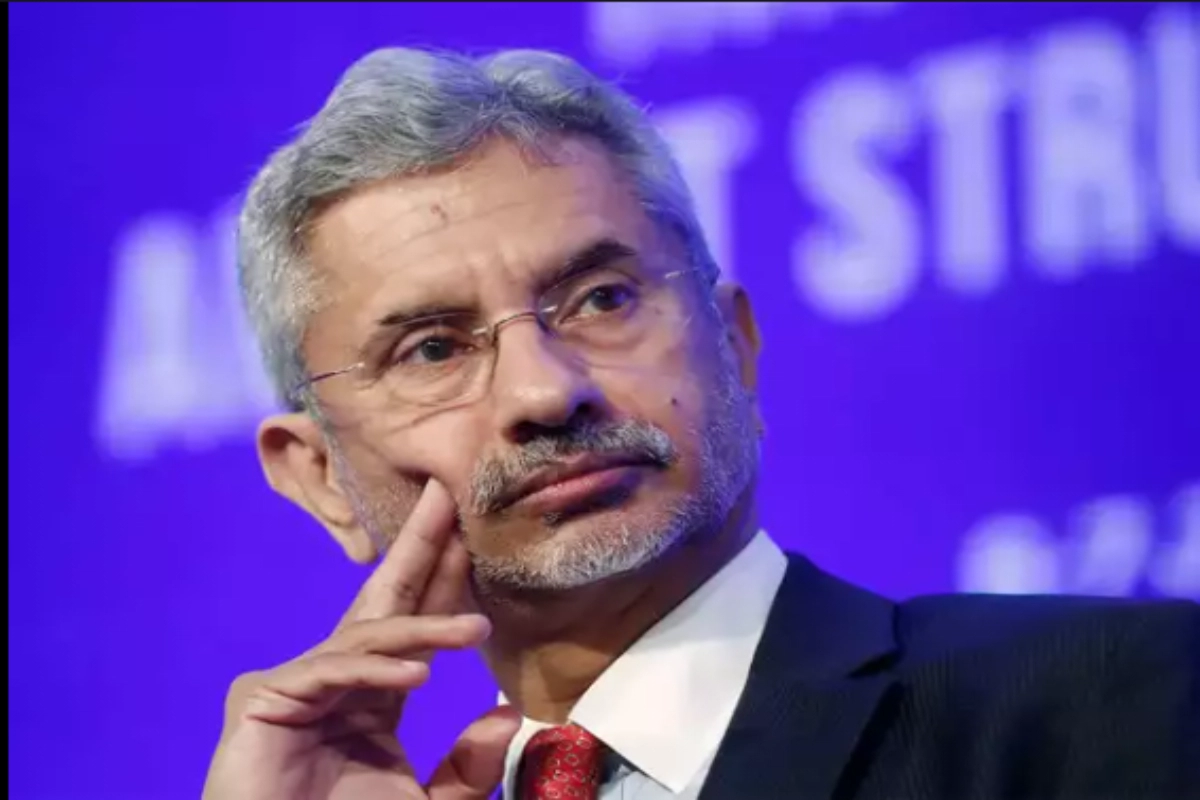China: According to Oliver Guillard in the French magazine Asialyst, China’s territorial disputes, which stretch from the Himalayas to Taiwan, are outlets for domestic tribulations, and the Chinese army is engaged in combat to forget such frustrations.
The final days of 2022 once again bear testimony to this, from the foothills of the Himalayas to the Taiwan Strait: He adds that China seems to choose to trouble New Delhi, Taipei, or the West and subject its worn-out population to the effects of three endless years of plague and numerous restrictions.
Also Read: Canada: 5 dead, 1 injured due to firing in Toronto’s suburbs
China-India clash in Twang, Arunachal Pradesh
On December 9, troops from Beijing and New Delhi engaged in clashes in the mountainous region of Tawang (Arunachal Pradesh), in a disputed territorial and border perimetre, at an elevation of more than 5,000 m, close to an Indian military post, inflicting injuries on both sides, according to Asialyst.
Rajnath Singh, the Indian Minister of Defence, summed up the situation on December 13 at the rostrum of Parliament in New Delhi. “On December 9, 2022, the troops of the People’s Liberation Army (China) attempted to unilaterally change the status quo by encroaching on the Line of Actual Control (LoAC) in the Yangtse area of Tawang district,” he said. “Our army faced this attempt by China with firmness. A scuffle took place during this face-to-face. The Indian Army bravely prevented the PLA from encroaching on our territory and forced them to withdraw. A few soldiers on both sides were injured in the scuffle,” Singh continued.
According to Guillard, a spokeswoman for the Chinese Ministry of Foreign Affairs summarised these events from Beijing in rather different words.
“From what we understand, the situation on the border between China and India is broadly stable. The two sides maintain unhindered dialogue on the border issue through diplomatic and military channels,” according to Guillard.
“We hope the Indian side will meet China halfway, implement the important consensus reached by the leaders of the two countries, strictly abide by the spirit of the relevant agreements signed by the two sides and that it will jointly maintain peace and tranquility in the border region. As for peace and tranquility in the border region, it will obviously be a question of not being too demanding,” he added.
He said that in East Asia, 3,000 km east of Tawang, in the extremely sensitive Taiwan Strait, the Chinese armed forces were also at work, this time not on land but rather in the air. December 13 will undoubtedly remain a day rich in interstate tensions in the Asia-Pacific, he said.
The Taiwanese Ministry of Defense expressed regret that 21 Chinese aircraft (including the volumetric never-before-seen of 18 H-6 nuclear bombers!) were present in the Taiwanese air defence zone without prior notice or authorization from Taipei, one week after Beijing imposed new restrictions on the import of Taiwanese food, beverages, alcohol, and fish products. Guillard declared, “The military threat from Beijing is more serious than ever.”
It’s true that during the recent 20th Congress of the Chinese Communist Party in Beijing in October, it was widely acknowledged that the new Grand Helmsman of the People’s Republic (Xi Jinping) and his reorganised and close guard intended to pursue a forceful and assertive foreign policy in the future, that the current ills and tribulations plaguing China were caused by “external efforts aimed at containing and undermining it,” and that the Party, the people, and the country
But does escalating the already extremely high degree of external tension with India and the “rebel island” the best approach to “prepare” for such prospects? Of course, one is free to have doubts, remarked Guillard.
Also Read: US: Trump calls the allegations surrounding the Capitol Riot “fake”
Distracting public attention from domestic issues
Without a doubt, we should assume that the dictatorship is actively trying to focus the attention of its supporters on external, consensual nationalist conflicts.
The future of Taiwan, China’s unification, and territorial disputes with some neighbours are all a part of it. They make it possible to better distract public attention—and fury, in particular—from current sources of annoyance like the economic slowdown and the anti-government protests that took place at the end of November in several major cities, according to Analyst.
It is a truth that since the unusual and daring public criticism of the “zero Covid” policy, even during President Xi Jinping’s month last, the police presence has become noticeably thicker and more active in the major Chinese urban centres.
Short-term maritime manoeuvres around the “rebel island” and repeated aerial incursions; clashes with Indian troops on the “Actual Line of Control,” as in recent days, could be coupled with the police overmobilization on Chinese national territory, outside, on the traditional theatres of tension (Sino-Indian border, Taiwan, South China Sea).
According to reports, Beijing’s power circles would rather face diplomatic wrath from New Delhi, Taipei, or the West than the wrath of a populace suffering from the effects of three interminable years of epidemic and numerous restrictions. Guillard characterised the plan as doubtful and risky.
Keep watching our YouTube Channel ‘DNP INDIA’. Also, please subscribe and follow us on FACEBOOK, INSTAGRAM, and TWITTER



